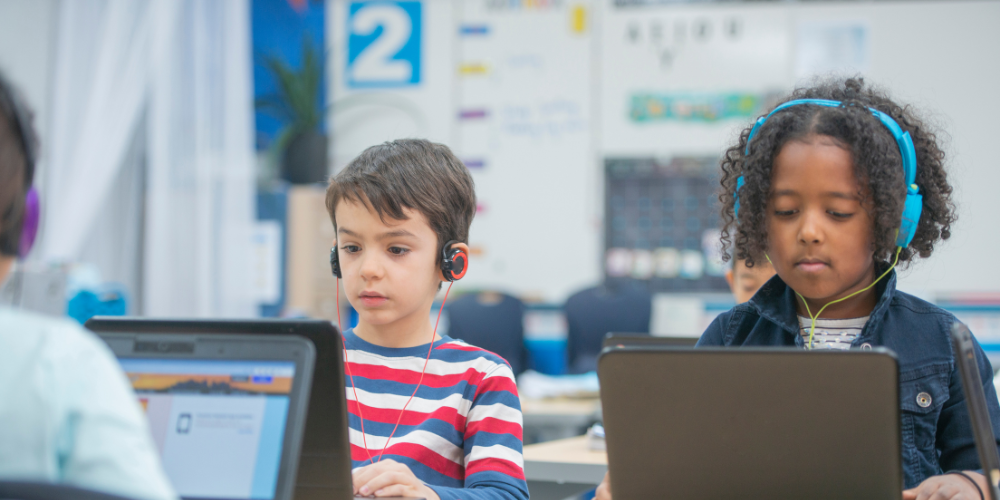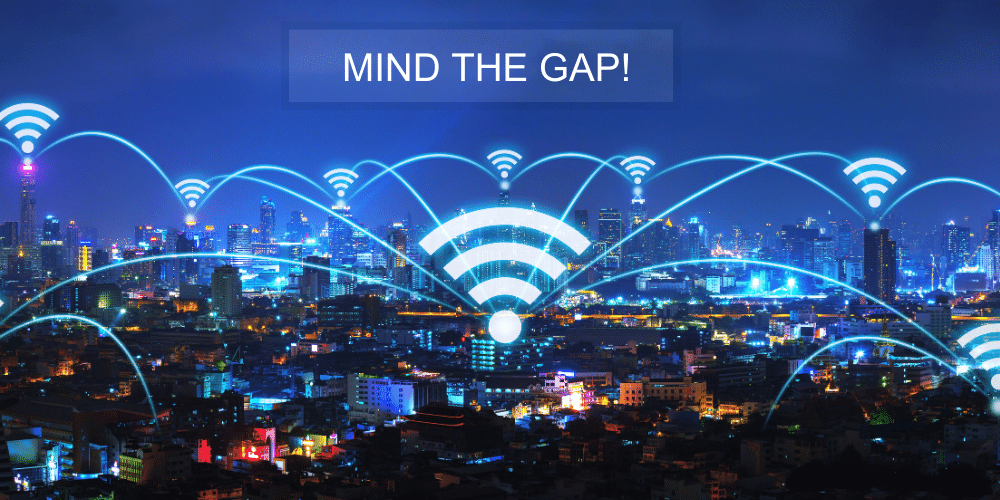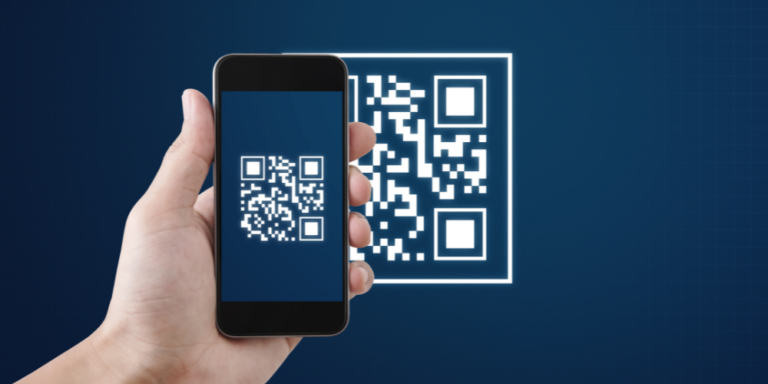Cyber risks in education: Safeguarding K-12 institutions
by Tova Osofsky
Posted on October 31, 2023
Want to interview Tova?
Contact
In recent years, the education landscape has undergone a profound digital transformation, with schools now relying on the internet for the administration, operation, and delivery of educational services and content. While this shift has revolutionized learning and school management, it also raises concerns about cybersecurity and student safety. In this blog, we’ll explore the most pressing concerns surrounding K-12 internet use today, reviewing key best practices that educational institutions can implement to ensure the safety of their staff, students, and the larger educational community.
Cyber safety concerns in K-12 education
Today, K-12 schools are navigating the delicate balance between harnessing the educational benefits of technology and safeguarding the well-being of their students. The internet offers an incredible wealth of educational resources, but it also presents a host of cyber safety concerns.
One paramount challenge is protecting students from harmful and inappropriate content. With easy access to the web, ensuring that the online environment available to students at and through schools remains free from explicit, age-inappropriate, and distracting material is vital. But it’s not just about blocking obviously inappropriate sites; it’s also about selectively filtering content to ensure that younger students are shielded from material that might be suitable and educationally valuable for their older peers.
Providing necessary access for teachers and administrators is crucial as well. Educators require tools to enhance teaching, document progress and evaluate students. But that access must be carefully controlled and restricted, limiting in-app activity in accordance with least-privilege principles and preventing potential breaches of private data.
In an era marked by digital connectedness, schools must also address cyberbullying and social media abuse. 59% of U.S. teens have encountered abusive online behaviors, which can have profound emotional and psychological effects on students. Establishing measures to educate students about cyberbullying, as well as controls that prevent destructive online behaviors and protect them from both peers and dangerous strangers is essential.
And as if these challenges weren’t enough, there’s also the growing concern of academic integrity. Generative AI tools, while valuable for learning, have led to ethical dilemmas for educators. Striking the right balance between leveraging the benefits of generative AI and ensuring academic integrity remains a significant challenge.
The growing risk landscape for K-12 institutions
In addition to the cyber safety concerns discussed above, K-12 schools are also facing an alarming rise in cyber risk, with the frequency of cyberattacks on educational institutions reaching unprecedented levels. Seventy percent of UK secondary schools reported experiencing a cyberattack in 2021, a 21% increase from 2020.
Educational institutions possess valuable data about students, families and staff, yet may have less sophisticated cybersecurity infrastructure protections than corporate entities. The wealth of personal information they store makes them appealing targets for hackers and ransomware attacks. Schools may also serve as gateways to other organizations, such as government agencies and educational networks, further expanding the potential impact of a successful breach.
The impact of attacks on schools may extend far beyond mere data theft; they can have profound consequences for students, families, and staff alike. Data breaches in schools can expose sensitive information, including student and staff records, financial data, and personal details, potentially leading to identity theft, fraud, and long-lasting emotional distress. Attacks can cost local governments dearly in recovery costs, undermine trust in public institutions, and leave schools shuttered for days.
Beyond the direct risks, schools in most jurisdictions are legally bound to protect students from web risks and to protect their data from being exposed. Violating cyber safety regulations can result in significant legal and financial repercussions for the schools that are entrusted with safeguarding the privacy and security of students, including fines, penalties, and legal action against the institution.
Vulnerabilities in educational institutions
Educational institutions are susceptible to similar types of breaches as other organizations. Web browsing, which accounts for 76% of malware intrusions, and email, representing 12%, are among the primary starting points of security breaches. Additional vulnerabilities can range from lax password practices to unsecured networks.
Especially in schools, where students cannot be relied on to distinguish between legitimate and suspicious content, prevention is paramount. Institutions must educate their users to recognize potential threats, maintain updated security protocols, and implement comprehensive cybersecurity protections. Effectively addressing the primary attack vectors and investing in security measures can help K-12 schools substantially reduce the risks of cyber incidents and protect their communities from potential harm.
Best security practices for K-12 schools
To keep students safe from web-based harms and safeguard schools from risk, educational institutions and school districts should implement a robust set of best practices. By proactively adopting the following measures, educational institutions can significantly mitigate potential risks.
- Applying Zero Trust protections to network traffic to and from the internet: By keeping all internet content that is not verified as safe from reaching user devices, schools can protect their network and users from malicious threats.
- Restricting access for students, teachers, and staff: Differentiated access control based on appropriate permissions for each user or user group reduces the risk of student exposure to inappropriate material.
- Protecting identities: Achieved through access control and multi-factor authentication, this essential layer of security fortifies access to systems and data, making it more challenging for unauthorized individuals to breach accounts.
- Securing online class environments: Proper encryption, strong passwords, and secure meeting links are key components of maintaining a safe virtual learning space.
- Regular maintenance, security updates, and data backups: Keeping software and systems up to date can shield against known vulnerabilities. Data backups are invaluable for rapid recovery in the event of an incident.
Ericom’s K-12 cybersecurity solutions
While implementing best practices is always smart, properly securing educational networks and systems requires advanced tools designed to address the unique needs of K-12 schools. Ericom Web Security’s Zero Trust approach to cybersecurity starts with the assumption that all users and devices are considered potential security threats until proven otherwise. This means that web content that cannot be verified as safe can never reach school networks, and the risk of unauthorized entry and data breaches is vastly reduced.
Ericom solutions for K-12 schools are designed to protect student safety while effectively securing schools’ online environments. They include:
- Content controls: Ericom cloud isolation solutions provide granular content controls, facilitating age-appropriate web filtering for students, teachers, and staff. This capability ensures access to online content that complies with regulatory requirements.
- Isolation technology: Ericom enables secure air-gapped access to the websites students and educators need, without the risk of web-based malware penetrating school networks.
- Phishing protection: Ericom Web Isolation protects organizations from phishing-triggered attacks, even when users click. It also prevents credential theft, by opening suspicious sites in read-only mode.
- Data Loss Prevention (DLP): The system includes DLP and content controls to prevent unauthorized exfiltration of sensitive student information, maintaining privacy and security.
- CIPA compliance: Ericom supports compliance with the Children’s Internet Protection Act, ensuring federal E-Rate funding eligibility and a safer online environment.
Educational organizations and school districts aiming to enhance online safety for students, as well as cybersecurity defenses are invited to get in touch to discover Ericom’s range of services designed to help protect their students and schools.
About Tova Osofsky
Tova Osofsky, Ericom Director of Content Marketing, has extensive experience in marketing strategy, content marketing and product marketing for technology companies in areas including cybersecurity, cloud computing, fintech, compliance solutions and telecom, as well as for consumer product companies. She previously held marketing positions at Clicktale, GreenRoad and Kraft Foods, and served as an independent consultant to tens of technology startups.Recent Posts

Air Gapping Your Way to Cyber Safety
Physically air gapping enterprise networks from the web is a great way to protect operations, keep data safe … and squelch productivity. Virtual air gapping is a better approach.

Motion Picture Association Updates Cybersecurity Best Practices
The MPA recently revised its content security best practices to address, among other challenges, the issue of data protection in the cloud computing age.

FTC Issues Cybersecurity Warning for QR Codes
QR codes on ads are a simple way to grab potential customers before they move on. No wonder cybercriminals are using QR codes, too.